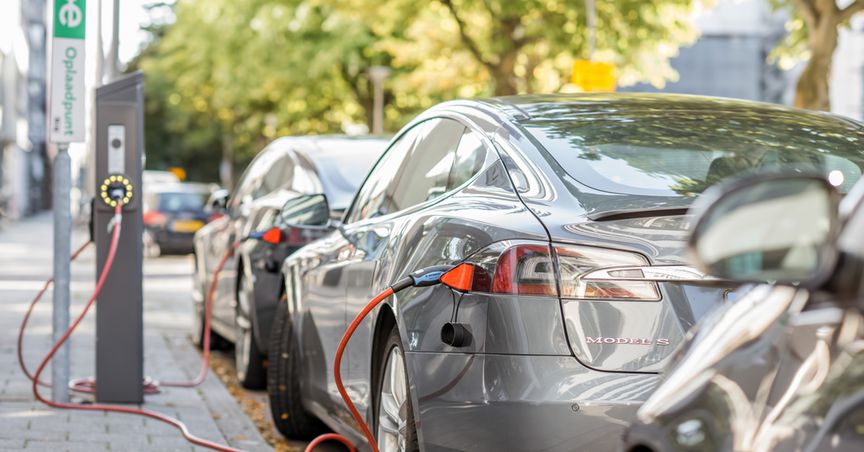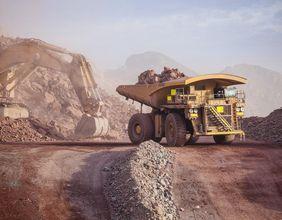Summary
- As Tesla CEO Elon Musk saw a potential to bring his cars closer to the East, Tesla is planning to shift Model 3 and Y shipments to the Shanghai, China Gigafactory.
- The EVs would be available to the Chinese, Australian, New Zealand and European customers, avoiding long waiting time for shipments from California.
- Shanghai Gigafactory was started in 2019, and the EV manufacturer is continuously expanding operations at the facility. The final development stage should be finalised by the beginning of 2021.
- Several Chinese start-ups are fighting for the top position in the Chinese EV local market, as the investors are pouring in billions of dollars for manufacturing.
The futuristic-car maker Tesla (NASDAQ:TSLA) has new plans in mind for the local supply of its vehicles. Tesla CEO Elon Musk introduced a new project for car shipments directly from the Shanghai ‘Gigafactory’.
With this move, Mr Musk wants to provide easier access to Tesla electric cars in Asia, Australia, New Zealand, and Europe, indicating that the vehicles for these regions would be manufactured in China. For Europe, things might be different in 2021 when the under-construction Berlin, Germany facility starts production.
MUST WATCH: All the latest about electric vehicle and clean energy leader Tesla.
Before the Company announced this strategy, all Tesla vehicles and devices were shipped mainly from its biggest Gigafactory in Fremont, California.
However, not all car models will be included in the deal – only Model 3 and Y are on the cards for now. Tesla expects to finalise this scheme by the end of this year, so the “Eastern” customers do not need to wait too long for their cars.
Shanghai Gigafactory
Tesla started constructing a new factory in Shanghai, China, in 2019. By setting up the new Gigafactory, China and neighbouring countries could access and purchase Tesla models 3 and Y.
However, Shanghai Gigafactory was mainly created for making Tesla readily available in the Chinese market. Tesla was hoping to grow the Chinese demand, but the results have been less satisfying compared to the expected numbers.
DO WATCH: Why is Tesla Stock doing so well?
The EV manufacturer had announced a facility prepared for the production of 200,000 cars yearly. That would mean that the Chinese customers could purchase about 17,000 vehicles monthly but reported only 11,800 sales. Europe, on the other hand, accounts for about 40,000 units per financial quarter.
According to some analysts, Tesla’s approach to a bigger Chinese assembly could mean that demand is below capacity. The Company did not comment on the statement.
The gap leaves enough cars for the European and Asia-Pacific region, but with new expansion plans, the Chinese Gigafactory will be producing 500,000 units per annum by the end of 2020. The expansion plans mark the finalisation of the Phase Two construction site in Shanghai, which is expected to be done by the end of the year.
DID YOU SEE: Find out how Tesla has reported a quarter net Profit amid covid19!
According to Vice President of Tesla China, Tao Lin, Model Y will be in full production by the first financial quarter of 2021. Earlier this year, it was reported that Tesla builds 30 per cent of car parts in China, but manufacturing will increase once the plant is entirely constructed.
Increased demand for EV
After the pandemic struck the Chinese EV (electric vehicles) market, it bounced back as the Chinese economy reported a 4.9 increase in GDP for the third quarter.
DID YOU READ: Chinese Economy Gaining Strength, What’s in for the Australian Miners?
Mr Musk saw an opportunity of bringing more Tesla cars to the Chinese market as Chinese investors brought billions of dollars for the local EV production. Some EV manufacturers like BYD Co. pose the biggest threat for Tesla.
However, some fear that all those billion-dollar investments may have come too early. As Tesla comes as the biggest competitor in the industry, some experts think that the Chinese EV makers will not have what it takes. There are also traditional cars that are still significantly cheaper than EVs, even though electric vehicles have decreased in price over the years.
INTERESTING READ: How is EV battle going; Is Volkswagen catching up with Tesla (NASDAQ:TSLA)?
Chinese Xpeng Motors raised US$1.5 billion from Alibaba, an e-commerce group. The Company have shown a significant increase in their stocks, over 40 per cent to be more specific. Their local competitor, Li Auto’s worth, soared almost 70 per cent after it raised US$1.1 billion on NASDAQ earlier this year.
A start-up EV company Nio recently reported its first quarterly profit, after many professionals thought it would be gone for good. The state individuals have boosted Nio by US$1 billion. After the significant boost, Nio recorded a 550 per cent increase in shares. The firm is planning to raise an additional US$1.7 billion after it sells American-owned stocks.
Another positive thing for the Chinese EV start-ups is that China has big plans for transitioning to sustainable energy. Total EV sales bounced back in July this year, making the market a real gold mine for the development race.





